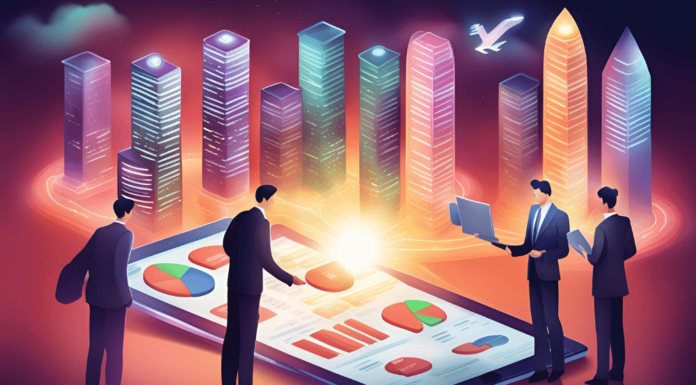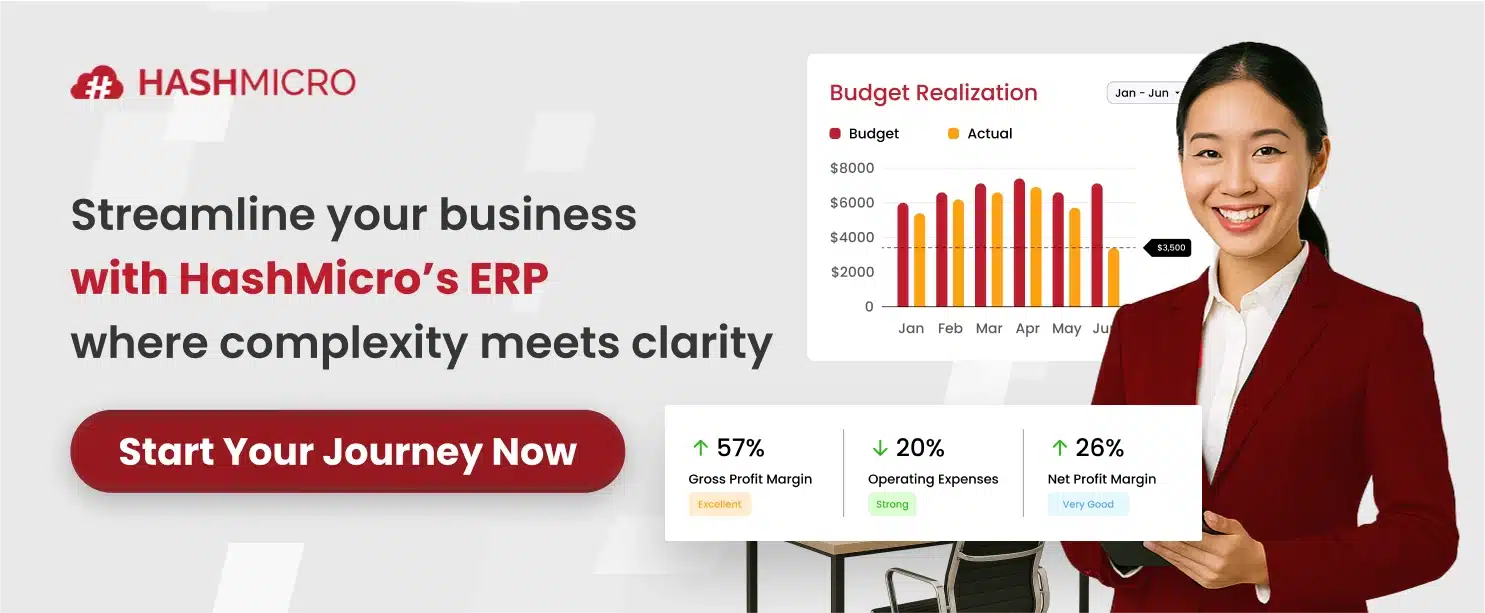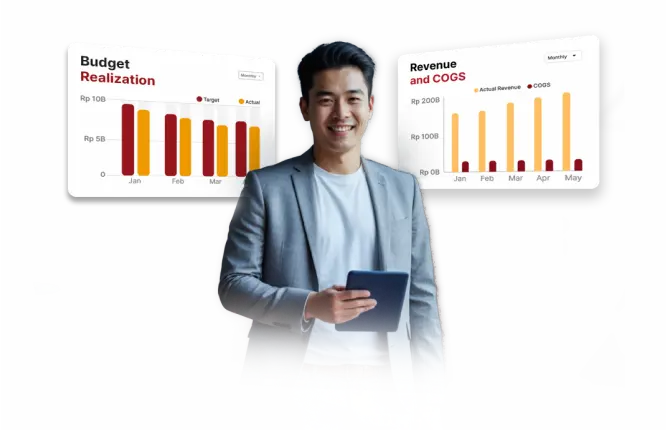Singapore’s market moves fast, and I’ve seen how the right software can give businesses a real competitive edge. Two solutions that stand out are Enterprise Resource Planning (ERP) and Enterprise Performance Management (EPM). Each offers distinct strengths that help enterprises grow and improve efficiency.
Key Takeaways
|
Understanding the Fundamentals of ERP and EPM
ERP systems integrate core business functions such as finance, asset management, supply chain, CRM, and HR. They enable the seamless flow of information across departments, reduce process bottlenecks, and help enterprises in Singapore achieve higher efficiency.
EPM software is designed for strategic planning, budgeting, forecasting, and performance analysis. By using advanced analytics, it provides clear insights into financial health, supports data-driven planning, and helps companies align their strategies with long-term goals.
Together, ERP and EPM improve business operations by ensuring accurate, real-time information is available across teams. ERP focuses on execution and collaboration, while EPM allows leaders to analyze performance and plan for sustainable growth.
For Singaporean enterprises, these systems are more than just tools. They enhance productivity, strengthen decision-making, and provide the agility needed to stay competitive in today’s challenging business environment.
The Evolution of ERP and EPM

The growth of ERP (Enterprise Resource Planning) and EPM (Enterprise Performance Management) has been remarkable. Both have moved beyond simple spreadsheets and accounting tools, transforming into advanced cloud-based platforms that redefine how businesses operate and make decisions.
ERP systems have evolved to cover far more than financials. They now integrate supply chain, CRM, and HR into a single platform. This shift eliminates data silos, streamlines processes, and improves efficiency, replacing the need for multiple disconnected systems.
EPM solutions have also advanced, moving from traditional on-premise tools to flexible cloud-based platforms. This change enables businesses to access EPM features anytime, anywhere, while lowering costs. It also enhances collaboration and allows real-time data use for faster, smarter decisions.
Adopting cloud-based ERP and EPM brings clear advantages. Businesses benefit from lower upfront costs, effortless scalability, and automatic updates. For Singaporean enterprises, these systems provide the agility to adapt quickly, boost performance, and gain a sharper competitive edge in the digital er
Key Differences between ERP and EPM
While both ERP and EPM play vital roles in business operations, they have distinct focus areas and implementation complexities that set them apart. Understanding these differences is essential for Singaporean enterprises to make informed decisions about which system is best suited for their specific needs.
ERP software integrates functions such as finance, supply chain, CRM, and HR into one platform. This centralization ensures smooth data flow and efficient coordination. However, ERP implementation can be complex, requiring careful customization, data migration, and long-term planning.
EPM software, also known as Enterprise Performance Management, is built for planning, budgeting, forecasting, and performance analysis. It helps leaders refine strategies and improve outcomes. EPM requires financial expertise, as it provides detailed reports and insights tailored to specific business needs.
In terms of reporting scope, ERP delivers broad organizational insights that influence overall strategy. EPM, by contrast, provides deeper analysis in finance and related functions. ERP impacts the entire enterprise, while EPM focuses more narrowly on financial performance and planning.
When ERP Meets EPM

ERP and EPM systems complement each other seamlessly, offering immense value to businesses in Singapore. By integrating the functionalities of ERP and EPM, organizations can align their operational planning and financial planning, resulting in more efficient resource allocation and improved decision-making.
Consider a business using ERP software to track real-time inventory and production capacity. At the same time, its EPM software supports financial forecasting based on that operational data. Together, these insights provide a complete picture that supports growth and profitability.
The integration of ERP and EPM empowers businesses to optimize their operational planning and financial planning simultaneously. By leveraging ERP’s capabilities in capturing and analyzing operational data, and EPM’s strength in financial analysis and forecasting, organizations can achieve a holistic view of their operations.
Let’s take a moment to visualize the benefits of this integration with an image:

The image above illustrates the meeting point of operational planning and financial planning, made possible through the integration of ERP and EPM. This converged approach allows for a comprehensive understanding of how operational decisions impact financial outcomes and vice versa.
With ERP and EPM collaborating harmoniously, businesses in Singapore can optimize their operations, capitalize on growth opportunities, and stay one step ahead in their respective industries.
Leveraging the Combination of ERP and EPM
Leading businesses have successfully leveraged the combination of ERP and EPM to achieve their strategic goals. By integrating these systems, companies gain a holistic view of their operations, enabling them to make data-driven decisions and optimize performance.
Case studies highlight how ERP and EPM improve financial management, streamline processes, and drive growth. Companies like Discover Financial Services, Hormel Foods, and Taylor Corporation have successfully implemented these solutions to achieve measurable results.
Discover Financial Services, a leading financial institution, utilized ERP and EPM to streamline their financial processes and enhance reporting capabilities, resulting in improved decision-making and overall business performance.
Hormel Foods, a global food company, integrated ERP and EPM systems to optimize their supply chain and inventory management, enabling them to make data-driven operational decisions and efficiently meet customer demands.
Taylor Corporation, a print and marketing solutions provider, leveraged ERP and EPM to achieve cost savings and streamline their financial planning and analysis processes, leading to increased profitability and sustainable growth.
These real-life examples serve as inspiration for other Singaporean enterprises seeking to leverage ERP and EPM for their own competitive advantage. By adopting these integrated systems and aligning strategic planning, businesses can drive efficiency, improve decision-making, and achieve their business goals.
Making the Right Choice for Your Business in Singapore

When it comes to choosing between ERP and EPM for your business in Singapore, there are several considerations to keep in mind. Factors such as your business size, industry requirements, and specific needs play a crucial role in determining the right system for you.
For small businesses with simpler operations, ERP might be the most suitable option. ERP systems can integrate and manage core functions such as financials, supply chain management, CRM, and HR, providing an all-in-one solution for streamlining operations.
On the other hand, larger businesses with complex financial planning and analysis needs may find that EPM systems are better suited to their requirements. EPM focuses on strategic planning, budgeting, forecasting, and performance analysis, allowing businesses to make informed decisions and optimize their performance.
To make the right choice for your business, it is essential to evaluate your specific needs and operational dynamics. Consider the size of your business and the complexity of your financial planning and analysis requirements. Additionally, take into account the unique needs of your industry and any specific challenges you may face.
By carefully assessing these factors, you can align your technology investment with your business goals and choose the system that will best support your operations in Singapore.
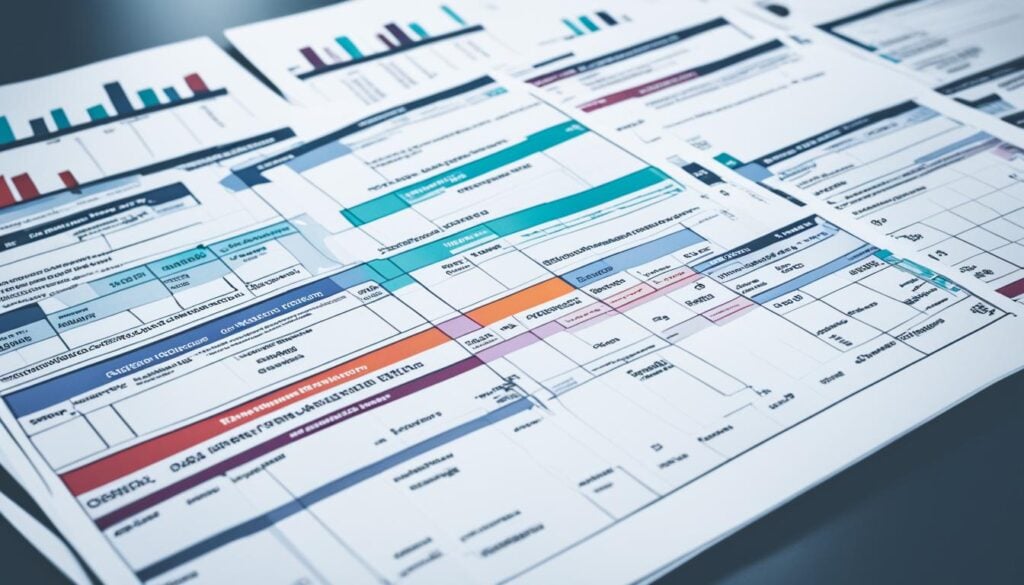
Future Trends and Innovations
The future of ERP and EPM technologies offers exciting opportunities for Singaporean businesses. Advancements in AI-driven analytics, predictive modeling, and real-time monitoring will transform how companies operate. These tools will help enterprises optimize processes, strengthen competitiveness, and achieve long-term growth.
AI-driven analytics will allow businesses to uncover hidden data patterns and spot emerging trends. With deeper insights, leaders can make accurate forecasts and informed decisions. This capability enables organizations to act proactively, improve performance, and drive measurable success.
Predictive modeling is set to play an even greater role in business planning. By applying historical data and advanced algorithms, companies can anticipate future challenges and opportunities. This foresight helps allocate resources more effectively and adapt strategies to dynamic market conditions.
Real-time performance monitoring will give enterprises immediate visibility into operations. The integration of IoT devices and sensors makes it possible to track KPIs as they happen. With this level of agility, Singaporean businesses can adjust quickly and stay ahead in competitive environments.
Enhance Your Business with HashMicro ERP Solution

Whether you’re running a growing company or managing a large enterprise in Singapore, the right ERP solution simplifies operations and supports smarter planning. A modern ERP system unifies departments on one connected platform, improving collaboration and decision-making.
HashMicro’s ERP software is built to be flexible and industry-specific, helping businesses of all sizes manage both day-to-day operations and long-term strategies. With modules that cover budgeting, forecasting, performance management, and inventory tracking, it gives enterprises the tools to optimize processes and maintain sustainable growth.
For businesses seeking both operational efficiency and strong financial planning, HashMicro offers ERP with EPM features that provide a complete view of performance. From real-time KPI tracking to advanced forecasting, you’ll have the insights needed to make informed decisions and stay ahead in Singapore’s competitive market.
Here’s what sets HashMicro apart from other providers:
-
Flexible Hosting Options: Choose between on-premise security or the scalability of cloud solutions.
-
AI-Generated Reports & Insights: Get automatic reports with smart recommendations for data-driven strategies.
-
WhatsApp Integration: Communicate instantly with teams and clients through secure, in-app messaging.
-
Dashboard Ninja: Use customizable dashboards for quick, interactive, and informed decision-making.
-
Mobile App: Stay productive anywhere with full ERP access on the go.
-
Custom BI Tools: Create tailored reports with business intelligence features built for your needs.
-
Access Control: Protect sensitive data with strict role-based access permissions.
With these robust features, HashMicro equips Singaporean enterprises with both operational control and financial clarity. By integrating ERP and EPM capabilities, HashMicro helps businesses boost efficiency, strengthen decision-making, and build lasting competitive advantages.
Conclusion
ERP and EPM systems provide Singaporean enterprises with distinct advantages, but they work best when combined. ERP streamlines operations across finance, supply chain, CRM, and HR, while EPM enhances strategic planning, budgeting, and performance analysis for sustainable growth.
HashMicro’s ERP software unites these benefits into one connected platform. With modules for forecasting, reporting, inventory, and financial planning, it empowers businesses to optimize processes. Features like AI insights, customizable dashboards, and mobile access make it both agile and secure.
Ready to see the difference for yourself? Book a free demo with HashMicro today and explore how the best ERP software in Singapore can transform your operations, strengthen financial planning, and help you gain a lasting competitive edge.
FAQ about ERP vs EPM
-
Which are the three types of ERP?
The three main types of ERP are on-premise, cloud-based, and hybrid systems. On-premise ERPs are hosted locally, cloud ERPs run online for scalability, and hybrid models combine both, giving companies flexibility depending on their needs.
-
Does CRM fall under ERP?
Yes. CRM can be a module within ERP software, allowing businesses to manage customer data alongside finance, supply chain, and HR. However, standalone CRM systems also exist for companies that only need customer relationship management features.
-
What is the future of EPM?
EPM is expected to integrate more closely with AI and machine learning to provide predictive insights and faster scenario modeling. These innovations will help businesses anticipate market changes and align financial planning more effectively.
-
What is the difference between enterprise asset management and ERP?
Enterprise Asset Management (EAM) focuses on tracking and maintaining physical assets like equipment or facilities. ERP, by contrast, integrates broader business functions such as finance, HR, and supply chain, covering the entire organization


